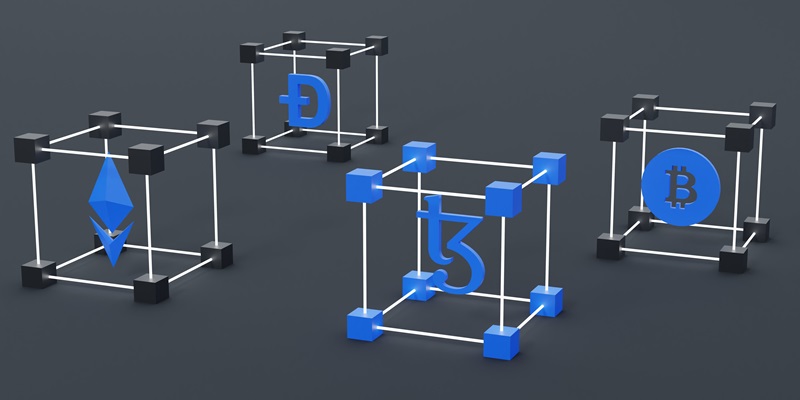The highly anticipated launch of dYdX’s new Cosmos-based blockchain is inching closer as the crypto exchange releases open-source code for its groundbreaking project. This move is poised to catalyze the development of the main network and unlock a world of possibilities for DeFi enthusiasts worldwide.
Background on dYdX’s Plans
dYdX, a prominent player in the decentralized finance (DeFi) space, has set its sights on revolutionizing the industry with a new blockchain based on Cosmos (ATOM). By harnessing the power of Cosmos, dYdX aims to overcome the scalability limitations plaguing existing blockchain networks, fueling innovation and ensuring seamless user experiences. The release of the open-source code marks a significant milestone in this ambitious endeavor, enabling DeFi enthusiasts across the globe to actively contribute to and operate the dYdX blockchain infrastructure.
Code Details and Functionality
The new open-source code underpins the foundation upon which the dYdX blockchain will operate. It provides a comprehensive framework that facilitates the flawless execution of transactions, smart contracts, and state changes. Notably, the dYdX development team has made a conscious decision not to repurpose any elements of the existing infrastructure to deploy the new blockchain. This strategic approach ensures a clean slate for the blockchain, free from legacy issues or constraints, while harnessing the proven capabilities of the Cosmos ecosystem.
Mainnet Launch and Phases
While an exact launch date for the mainnet has yet to be disclosed, dYdX has outlined the progression of the project through two crucial phases. The alpha phase, which precedes the mainnet launch, allows token holders to actively stake their tokens and receive staking rewards. However, trading functionalities will not be available during this period as the focus remains on validating the network’s stability and security measures. Following the alpha phase, the beta phase will be introduced, enabling trading activities and further testing, where users can experience the full potential of the dYdX blockchain.
Previous Development Milestones
Highlighting dYdX’s commitment to innovation, the company made waves in March 2023 by introducing a test network utilizing Cosmos SDK tools. This move demonstrated the team’s exploration of potential alternatives to the Ethereum network, emphasizing scalability as the primary factor in their decision. The transition towards Cosmos represents a strategic shift that addresses the growing challenges faced by Ethereum, ensuring a more efficient and scalable infrastructure for dYdX and its users.
With the release of the open-source code for their Cosmos-based blockchain, dYdX is poised to disrupt and transform the DeFi landscape. By leveraging the power of Cosmos, dYdX aims to eliminate scalability constraints, opening doors to novel opportunities and enhancing user experiences within the DeFi ecosystem. As development progresses, industry experts eagerly await the mainnet launch, anticipating the impact it will have on the wider blockchain community. Exciting times lie ahead as the dYdX team continues to push the boundaries of decentralized finance, revolutionizing the way we engage with digital assets.

